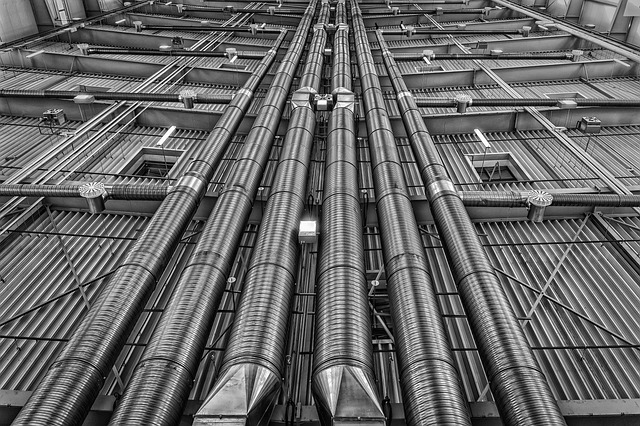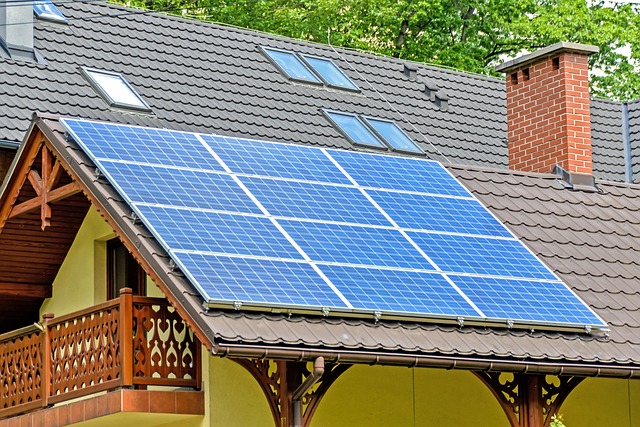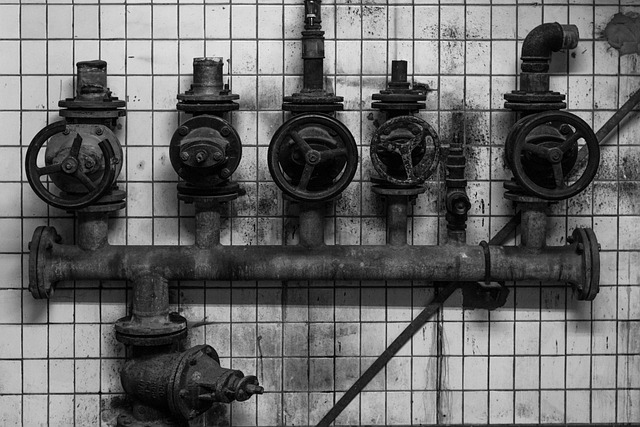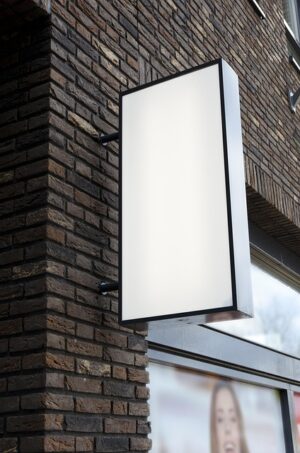Industrial air curtains are advanced solutions that enhance energy efficiency in manufacturing by controlling temperature and preventing heat loss at large openings like warehouse entrances and loading dock areas. These powerful tools reduce energy wastage, act as barriers against harsh weather conditions, optimize door systems and HVAC performance, maintain specific temperature and humidity levels, and create more comfortable working environments. With significant energy savings demonstrated in case studies, industrial air curtains are versatile and impactful across various manufacturing processes, driving sustainability and efficiency in the future through smart sensors, advanced control systems, automation, and digitalization.
“Industrial air curtains are transforming manufacturing facilities, offering a simple yet powerful solution for enhancing energy efficiency. This article delves into their role as dynamic insulators, reducing energy loss without compromising productivity. We explore the current energy challenges in manufacturing and demonstrate how these curtains provide a cost-effective strategy to conserve energy. Through real-world case studies, we highlight successful implementations, and glance into future trends, showing that industrial air curtains are a game-changer in sustainable manufacturing practices.”
- Understanding Industrial Air Curtains: Their Role and Benefits
- Energy Efficiency in Manufacturing: The Current Scenario
- How Air Curtains Enhance Energy Conservation in Factories
- Case Studies: Success Stories of Air Curtain Implementation
- Future Prospects: Trends and Innovations in Air Curtain Technology
Understanding Industrial Air Curtains: Their Role and Benefits

Industrial air curtains are advanced solutions designed to optimize energy efficiency in manufacturing facilities. These powerful tools play a pivotal role in controlling temperature, preventing heat loss, and enhancing overall climate control within warehouses and factories. By creating an airtight seal at large openings, such as warehouse entrance protection or loading dock areas, they significantly reduce the flow of outside air, which is a major cause of energy wastage in industrial settings.
The benefits extend beyond energy conservation. Heavy-duty air curtains act as robust barriers against harsh weather conditions, ensuring factory entrance heating during cold months and preventing hot, humid air from entering during summers. This not only optimizes the performance of manufacturing door systems and industrial HVAC (heating, ventilation, and air conditioning) systems but also creates a more comfortable working environment for employees. Additionally, they are ideal for cold storage barriers, ensuring product integrity by maintaining specific temperature and humidity levels.
Energy Efficiency in Manufacturing: The Current Scenario

In today’s competitive manufacturing landscape, energy efficiency is more than just an environmental responsibility; it’s a strategic imperative. Factories and warehouses are often vast spaces with numerous entry points, creating significant challenges in maintaining optimal temperatures and reducing energy loss. The current scenario demands innovative solutions to bridge this gap, especially as global attention shifts towards sustainable practices. Traditional methods of heating and cooling large areas can be both inefficient and costly.
Here, industrial air curtains step into the spotlight as a game-changer. These heavy-duty air barriers, designed for warehouse entrances, loading docks, and factory settings, offer an effective means to prevent heat loss or gain without compromising on airflow. Unlike standard manufacturing door systems, air curtains provide a seamless seal around large openings, effectively serving as cold storage barriers or robust protection against harsh weather conditions. By integrating industrial air curtains into their infrastructure, facilities can enjoy improved energy efficiency, reduced operational costs, and enhanced environmental sustainability—all while ensuring optimal industrial climate control for their specific needs.
How Air Curtains Enhance Energy Conservation in Factories

Industrial air curtains have emerged as powerful tools in the quest for energy conservation within manufacturing facilities. These innovative solutions play a pivotal role in maintaining optimal temperatures and reducing energy wastage, especially at large openings such as warehouse entrance protection or loading dock areas. By creating a robust barrier, industrial air barriers prevent the escape of heated or cooled air, thereby minimizing the strain on factory entrance heating or cold storage barriers during operations.
In manufacturing environments with heavy-duty requirements, traditional HVAC systems often struggle to match the efficiency of these specialized air curtains. They are designed to withstand harsh conditions, making them ideal for large opening protection in various applications, including industrial climate control and loading dock air curtains. This results in significant energy savings and a more sustainable working environment without compromising on operational effectiveness.
Case Studies: Success Stories of Air Curtain Implementation

Industrial air curtains have proven to be game-changers in various manufacturing facilities across different sectors. Case studies highlight remarkable success stories where their implementation has led to significant energy efficiency improvements. For instance, a study conducted in a food processing plant revealed that installing heavy-duty air curtains at warehouse entrance protection points reduced energy losses by 30% compared to traditional manufacturing door systems. This simple yet effective solution not only enhanced the factory’s overall energy efficiency but also reduced the need for excessive heating during cold weather, resulting in substantial cost savings.
Another successful integration was seen in a large-scale automotive assembly plant where loading dock air curtains were implemented. By utilizing advanced industrial climate control techniques with these air barriers, the plant achieved a 25% reduction in overall energy consumption for cooling and ventilation systems. This particular implementation also improved air quality and reduced noise pollution at the factory entrance, fostering a safer and more comfortable working environment for employees. These examples illustrate the versatility and impact of industrial air curtains in enhancing energy efficiency across various manufacturing processes, from cold storage barriers to industrial HVAC systems.
Future Prospects: Trends and Innovations in Air Curtain Technology

The future of industrial air curtain technology is poised for significant advancements, driven by a growing emphasis on energy efficiency and sustainable practices in manufacturing facilities. Innovations such as smart sensors and advanced control systems are enhancing the adaptability and performance of these barriers, ensuring optimal climate control while minimizing energy consumption. For instance, heavy-duty air curtains equipped with temperature sensors can automatically adjust their settings based on external conditions, providing efficient warehouse entrance protection without excessive energy use.
Additionally, trends in automation and digitalization will further revolutionize industrial air curtain technology. Integrating these devices into broader manufacturing door systems and factory entrance heating solutions allows for seamless control and monitoring, improving overall operational efficiency. This includes the development of robust cold storage barriers for food processing plants and loading dock air curtains designed to withstand harsh conditions in logistics hubs. Furthermore, advancements in industrial HVAC (heating, ventilation, and air conditioning) systems will enable more precise temperature regulation, making industrial air curtains indispensable components in modern, energy-efficient facilities.
Industrial air curtains have emerged as a powerful tool for enhancing energy efficiency in manufacturing facilities. By strategically placing these innovative solutions, factories can significantly reduce energy losses, lower operational costs, and contribute to a more sustainable future. The case studies presented highlight successful implementations that prove the effectiveness of air curtains in various industries. As technology advances, we can expect even more efficient and customizable industrial air curtain options, further revolutionizing manufacturing processes and making them greener.






